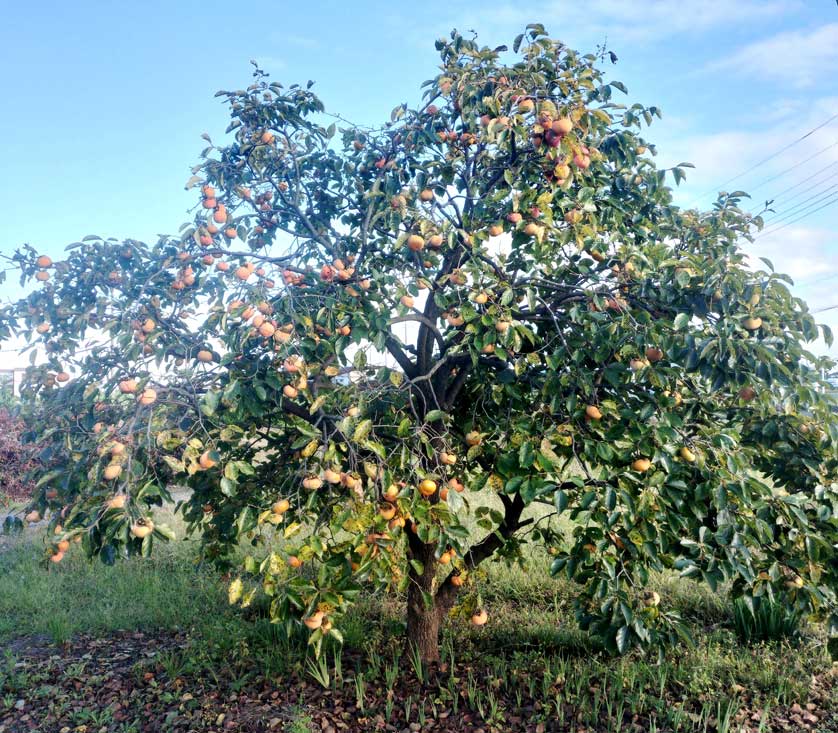Talas
I've been somewhat erratic with posting recently as I have started to walk the Shikoku 88 Temple Pilgrimage. For various reasons I have decided to do it in 4 or 5 day sections. Last weekend I did the second leg. When I originally made the plan the weather forecast was good, but since then a typhoon appeared in the picture and was projected to head for Shikoku. Typhoons have a habit of changing directions, and as it was actually only classified as a Tropical Storm at the time I left, I decided to risk it and go anyway.
Thursday 1st September.
As I head out of Tokushima City its raining quite heavily. The route to the next temple, Onzanji, number 18, is along a main road lined with urban sprawl with little of interest. 11 kilometers of asphalt in the pouring rain with noisy traffic is not fun, though with fresh legs I am able to walk quickly. At Onzanji I meet another walking henro (pilgrim). This is most certainly the off-season for walking the pilgrimage, part of the reason I chose this time of the year, but each day I bump into a few walkers. So far my experience with walking henro is that they are happy to exchange practical information, but chatting is not on the agenda. Comes with the territory.
Tatsueji has an interesting legend concerning a woman from Hamada but I will save that story for another post. The other henro says that due to the typhoon he is having a friend come and pick him up. I am going on another 11k to Katsuura where there is a Michi no Eki (road station) that has a rest hut for pilgrims and a 24 hour convenience store, a good place to stop for the night.
Along the way I stop in at every shrine I pass.... that is actually the main reason for me walking the pilgrimage, to visit the shrines. A few kilometers from Katsuura dusk descends and it starts to rain again. It will not stop raining for the next 50 hours.
It's dark when I pull into the michi no eki, and everything is closed for the night save the conbini and the toilets. The rest hut for pilgrims is in the parking lot, but as it is really just a roof over some benches the blankets left for the pilgrims are soaking wet. I head into the larger covered area of the main building where there are a lot more benches. It is far enough inside that the wind will not be able to bring the rain in to me. I unpack my bag and put on a set of dry clothes. Though I have been wearing a waterproof poncho, my sweating means that I am completely drenched. Temple 20, Kakurinji, is on the mountaintop above Katsuura at about 500 meters above sea level.
2 men were having some sort of a meeting on benches nearby and as they are leaving one of them asks if I am planning on staying here the night. I tell him yes and that I plan on getting up early and heading up to Kakurinji tomorrow. He offers to drive me up there tonight. There is bound to be a big Nio Gate there that I could sleep under, but I politely decline his offer as the whole point of the journey is to see what can be seen by walking.
The wind picks up several times during the night, but not enough to drive the rain into my sleeping place, though actually I didn’t get much sleep due to mosquitoes. I had some repellant, but it seems weak and ineffective. At one point I walk over to the conbini and buy a can of beer to drink as an aid to sleep.
I am up as the sky turns from black to dark grey, about 5:30. By trail the temple is about 3k away, but as the trail is steep, most likely muddy, and with a lot of wet slippery rock, I decide to walk up the road. Its twice as far, but I figure there will possibly be some shacks or other man-made structures by the side of the road that I can take shelter from the rain under and have breaks. I have found that the best way to climb mountains is to take plenty of cigarette breaks.





















